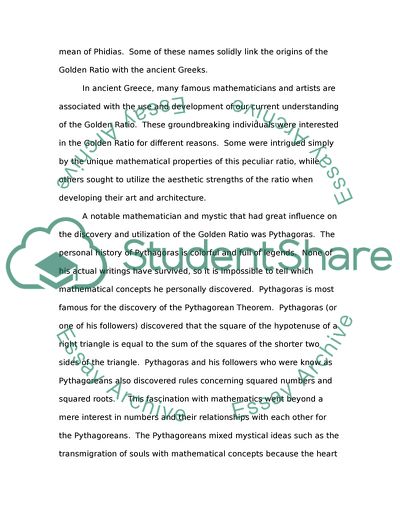Cite this document
(“The Golden Proportion Essay Example | Topics and Well Written Essays - 2250 words”, n.d.)
Retrieved from https://studentshare.org/miscellaneous/1554733-the-golden-proportion
Retrieved from https://studentshare.org/miscellaneous/1554733-the-golden-proportion
(The Golden Proportion Essay Example | Topics and Well Written Essays - 2250 Words)
https://studentshare.org/miscellaneous/1554733-the-golden-proportion.
https://studentshare.org/miscellaneous/1554733-the-golden-proportion.
“The Golden Proportion Essay Example | Topics and Well Written Essays - 2250 Words”, n.d. https://studentshare.org/miscellaneous/1554733-the-golden-proportion.


